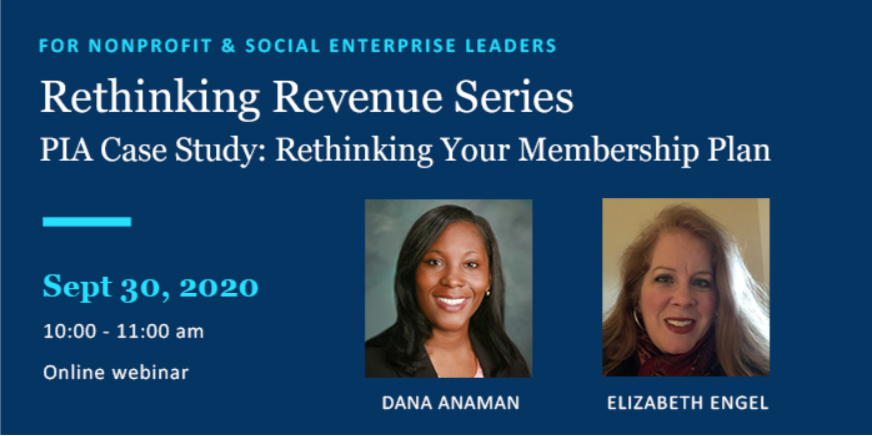One of the other hot topics on the engagement virtual panel Mary Byers had organized for the Veterinary Medical Association on April 22 was: Who’s doing member engagement well, and what can we learn from them?
A few years ago, Anna Caraveli and I wrote Leading from the Outside-In, in which we describe what member-centric engagement looks like, enumerate eight keys to member-centric engagement, and profile 11 different membership organizations that are doing a great job at it.
Some of those were “big” stories, organizations that had completely transformed themselves, or were built from the ground up, as member-centric: the National Grocers’ Association, the Society for Hospital Medicine, SERMO, and The Community Roundtable. But most of the stories we shared were of associations that had transformed one program, one service, and were using that as a springboard to further change: American MENSA’s SIGs (special interest groups), the Homebuilders & Remodelers Association of Connecticut’s awards program, the Hydraulic Power Association’s standards locator, etc.
Even in one of the first collaborative white papers I produced, The Mission-Driven Volunteer, with Peggy Hoffman, we shared the story of the Oncology Nursing Society, where they were able to go from 1:26 active volunteer members to 1:5. THAT is an engagement success story.
Growing up, my dad was a big fan of Saturday morning PBS educational shows (This Old House, The Victory Garden, and the like), and there’s a running joke in my family about a gazebo-making machine into which you feed a tree and a fully assembled gazebo pops out the other end. The thing is, engagement is more like on the New Yankee Workshop, with master carpenter Norm Abram: Every project is unique, and requires attention to detail and a specific application of the materials and tools at hand.
What’s my point?
Every engagement success story is different and unique to the audiences that association is serving. There isn’t some sort of Universal Association Answer to Engagement, there’s only your audiences, their challenges and goals, and what your association can do to be their go-to solution provider.
Because that’s what I want for you.
Too many associations are a “nice to have” not a “need to have.” Being a “nice to have” is enough when times are good, but when times get tough (professionally or personally), people drop a “nice to have.” I want your association to be a vital partner in your members’ and other audiences’ success, and absolute dedication to a member-centric perspective is the way to get there.

